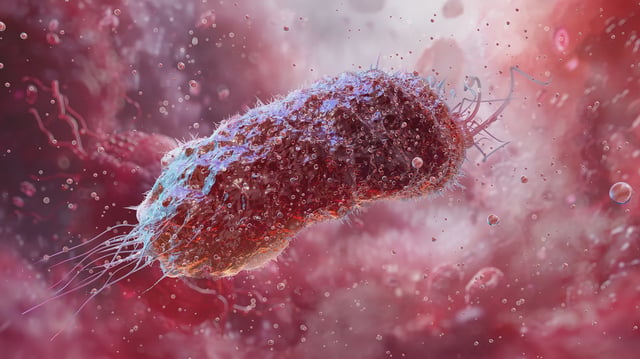Overview
- Rutgers Health researchers demonstrated that ciprofloxacin depletes bacterial ATP and NADH, imposing severe bioenergetic stress.
- Under this energy crisis, E. coli cells increase respiration rates, producing excess reactive oxygen species that drive persister cell formation.
- Reactive oxygen–induced DNA damage and error-prone repair mechanisms enable stressed bacteria to reach high-level antibiotic resistance faster.
- Preliminary tests indicate that gentamicin and ampicillin also trigger similar metabolic stress responses in bacteria.
- The team recommends screening antibiotics for metabolic side effects, pairing drugs with stress-response inhibitors or ROS scavengers, and revising dosing strategies to limit resistance acceleration.
